Recycled wool: how is it made, and what is it worth? A study trip to Italy
In 2023, partners of the Tecofash project, including our association, visited Prato (Tuscany, Italy), a city renowned for its long-standing tradition and specialisation in wool recycling.
Similarly to Łódz in Poland, Prato’s growth has been built on the textile industry, and to this day, the city has a dedicated textile district and a wonderful textile museum, the Museo del Tessuto.
During our short stay, we paid a visit to a post-consumer cloth sorting facility, a wool mill, and Rifò, a local fashion company based on the circular model. The study visit was hosted and organised by Lottozero, a textile laboratory that is one of the Tecofash partners.
Wool recycling in Prato
Prato’s wool processing tradition dates back to the Middle Ages when the town was known for its thriving textile industry. Wool recycling has evolved over centuries and is an integral part of the city’s economy and cultural heritage. Regenerating wool started as a way to use scarce materials as efficiently as possible. This led to the invention of processes, techniques, and machines, which contributed to the Prato textile industry’s specialisation in wool recycling. The local wool regeneration industry grew exponentially after World War II, catering to the rising demand for affordable clothing and fabrics.
Today, Pratos’ specialisation taps into environmental concerns. It also presents how the circular economy model can work in practice in European fashion production. The city is renowned for its state-of-the-art wool recycling facilities and innovative production processes. The city’s textile companies specialise in transforming discarded woollen garments into high-quality yarns, fabrics and non-textile materials, ensuring that the entire recycling process is environmentally sustainable. Prato’s wool recycling tradition not only contributes to the local economy but also helps reduce waste and minimise the environmental impact of the fashion industry.
It is estimated that about 15% of the global wool recycling takes place in Prato! It is likely that when you discard your knits, they end up in a sorting mill there.
The city of Prato has developed strong ties with international fashion brands, providing them with recycled wool products for their collections. In recent years, Prato has also seen a resurgence in its traditional textile craftsmanship. The city hosts various exhibitions, museums, and cultural events to showcase the history and heritage of its wool recycling tradition. These initiatives further promote the importance of sustainability and the circular economy in the fashion industry.
How is wool recycled?
Prato has its own wool processing brand, which is called Cardato. Wool carding is a process used in wool recycling to prepare short and different-length fibres for spinning into new yarns for textiles. Carding is done both with new wool, pre-owned wool, or a mix of the two.
Before old skirts, coats, sweaters, and other knits are carded, they have to be sorted by colour and material type. Linings, buttons, zippers, and other components of garments must be removed. In Prato, we visited a cloth sorting facility. The piles of discarded textiles, laid out by colour, were enormous and overwhelming. Each pile seemed to represent a different era of fashion, with vibrant yellows and pinks from the 90s, earthy browns and oranges from the 00s, and sleek blacks and greys from more recent years. Experienced workers manually sort the items. Imagine that there is no official name or education for this profession yet!
After the discarded textiles are sorted, they undergo carbonising, which is a method of removing any vegetable contaminants from wool. Hydrochloric acid is used to dry clean rags and cuttings, whereas sulfuric acid is used to soak virgin wool fibre (new wool). After that, the rags are mechanically ripped into small pieces to form fibres. Another round of cleaning is performed. Now, in the form of short-length fibres, the wool is ready for carding.
Carding involves the use of special machine carding equipment to align the fibres and remove impurities. The process helps to separate and straighten the wool fibres, making them more suitable for spinning into new yarns or fabrics. During carding, the wool is passed through a series of fine-toothed brushes called carders. These brushes catch and comb the fibres, laying them parallel to each other while removing any foreign matter, such as dirt, grease, or vegetable matter. By aligning the fibres, carding increases their uniformity, making it easier to draft, spin, and create higher-quality yarns.
Carded cashmere, angora, alpaca, mohair, and other fine wools are now available in mixes with silk and viscose. Carding allows for creating any yarn mix, though to display the “Cardato Recycled” trademark, fabrics and yarns must meet certain requirements. They need to be produced in the Prato district, made with at least 65% recycled material (clothing or textile scraps), and have measured the environmental impact of their entire production cycle, taking into account three aspects: water, energy, and CO2 consumption levels.
Why is recycling wool beneficial for the environment?
Recycling wool is good for the environment for a variety of reasons. When a woollen sweater goes to recycling, it does not end up in a landfill where it takes years for it to decompose. During decomposition, fabrics release greenhouse gases, so recycling helps to avoid that too.
A major benefit of recycling wool instead of spinning virgin fibres is that the recycled fibres already have colour. This allows us to limit or skip entirely the dyeing process, which involves the use of chemicals, causes water pollution, and requires high water consumption. By utilising recycled wool, we can significantly reduce the environmental impact of the textile industry. Not only does it eliminate the need for harmful chemical dyes, but it also conserves water resources, a crucial concern in water-stressed regions.
Additionally, recycling wool reduces the overall energy consumption required for the production of virgin wool. Sheep require a lot of water, grazing land, and feed for sustenance. It is estimated that approximately 500,000 litres of water are needed to manufacture a metric tonne of wool. Recycling wool ensures that these valuable resources are not wasted unnecessarily.
Does recycled wool differ in quality from virgin wool?
In general, recycled wool has the same quality as virgin wool. The original wool’s quality and the recycling methods used are some of the factors that affect the quality of recycled wool. However, because regenerated wool may have a somewhat irregular combination of fibres or colours, there may be a minor variance in the overall look or feel. Some say regenerated wool can be more susceptible to pilling and have a shorter lifespan. Nonetheless, both recycled and virgin wool might be of comparable quality in terms of warmth, durability, and other properties.
Are there any cons to recycling wool?
While recycling wool may reduce chemical use and promote a circular economy, it still requires energy and resources for the recycling process itself, which may offset some of the environmental benefits. A downside is that the recycling process can be expensive and time-consuming, requiring specialised machinery and skilled labour. However, we can also think of this as an opportunity to develop a new industry and profession specialising in textile and fabric regeneration, this means new technology and jobs.
Finally, transportation required to organise the recycling process also means greenhouse gas emissions; however, this seems to be an acceptable trade-off to reduce landfill waste and promote an entirely different mode of fashion production and use. Efforts are being made to minimise the carbon footprint of recycling by optimising transportation routes and using more fuel-efficient vehicles. Additionally, the development of local recycling facilities, like the one in Prato, can further reduce the need for long-distance transportation.
When all the processes of wool regeneration happen in one district, the negative environmental impact is minimal while the benefits are maximized. The companies know and trust one another; they optimise processes and costs and share expertise and knowledge. Additionally, the district can attract investment and support from local and national governments and environmental organisations, further enhancing its sustainability efforts. This is exactly what happened in Prato, which now has a well-established brand connected to wool regeneration.
Tips for buying wool
So what should you do as a consumer? Is it good or bad to buy wool? We think wool is a good investment. Provided you take good care of it (wash without agitation), it will serve you for years. When buying wool, it is important to look for quality and durability. Check the label to ensure that the wool is 100% natural and not blended with synthetic fibres. Blends are difficult to recycle.
Now that you know that clothes made from recycled wool are available on the market, try to find a shop or brand that uses such wool. Usually, the content of regenerated wool is not 100% but above 65%. Try it and see if this is something for you. Try also recycled cotton, which is more widely available (possible to get in chain stores) than recycled wool.
Additionally, consider the source of the wool to support ethical and sustainable practices. Sustainable woollen products often use wool that is sourced from farms practicing ethical and environmentally friendly methods. This would involve ensuring that sheep are treated well. In practice, this means that sheep are not subjected to mulesing (a controversial practice involving the removal of strips of skin from the buttocks of sheep to prevent flystrike), and can graze on sustainable pastures that avoid overgrazing and soil degradation.
Various certifications and labels provide valuable evidence of sustainable woollen production. Examples include the Global Organic Textile Standard (GOTS), Responsible Wool Standard, or Bluesign certification. Such certifications validate that the product meets specific sustainability criteria.
Ideally, simply buy less and more thoughtfully. It is very satisfying to purchase a high-quality item that was made to high standards with the minimum impact on the environment. Somehow it feels different, and you want to take care of it more. This shifts your mindset towards conscious consumption, which not only benefits the environment but also promotes a sense of responsibility and appreciation for the products you put on your body.
With one choice, you become part of an innovative, positive, and growing fashion (r)evolution that is taking place around the world!
Read more
Ellen MacArthur Foundation, Circular business models: redefining growth for a thriving fashion industry (2021).
TECOFASH. Strategic Partnership Promoting Education for the Transition of the Fashion Sector Towards Digital and Sustainable Business Models
The Tecofash project was funded by the European Union. Views and opinions expressed are however those of the author(s) only and do not necessarily reflect those of the European Union or the European Education and Culture Executive Agency (EACEA). Neither the European Union nor EACEA can be held responsible for them.

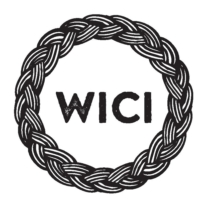
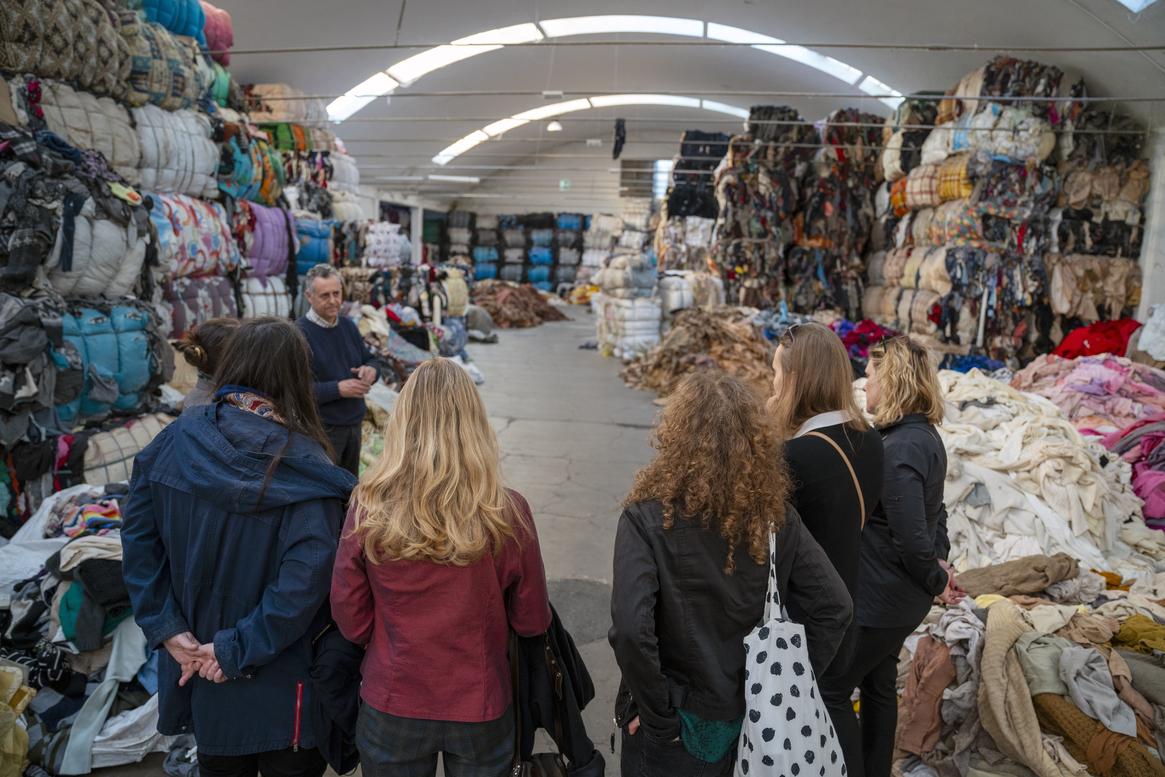
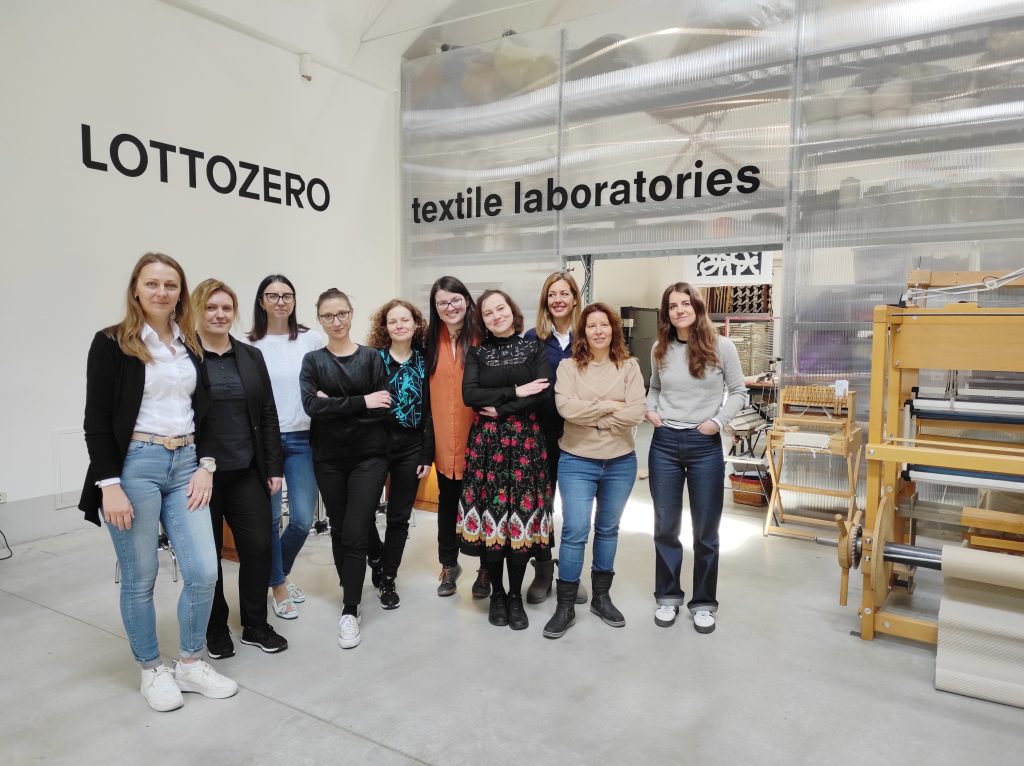
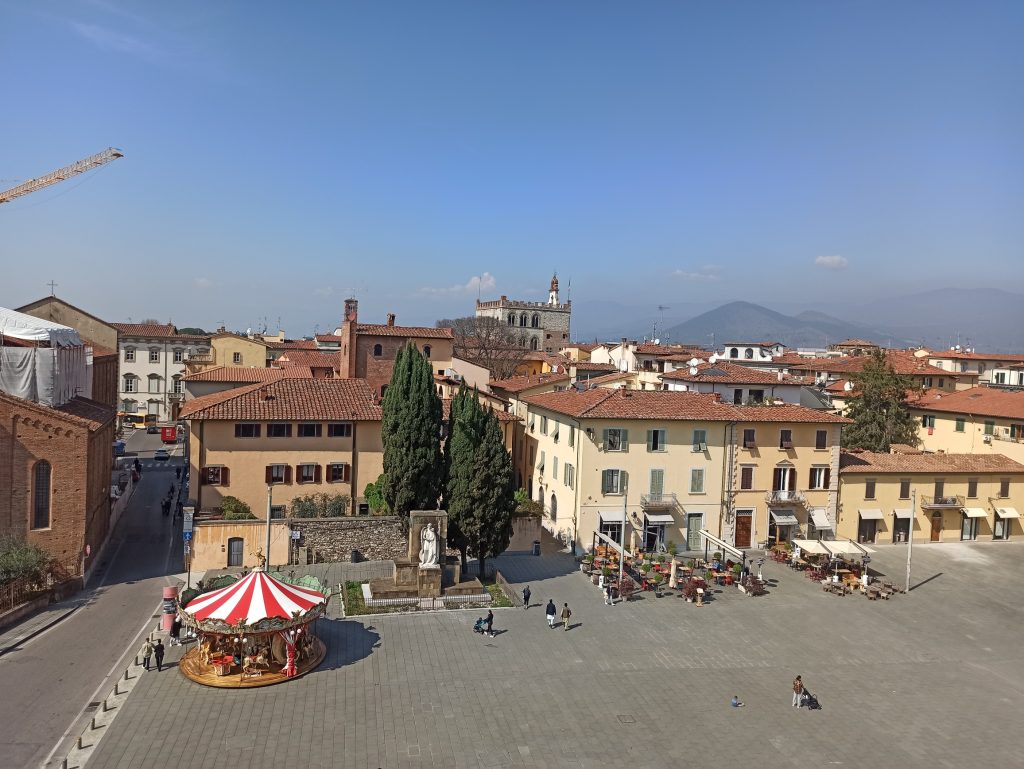
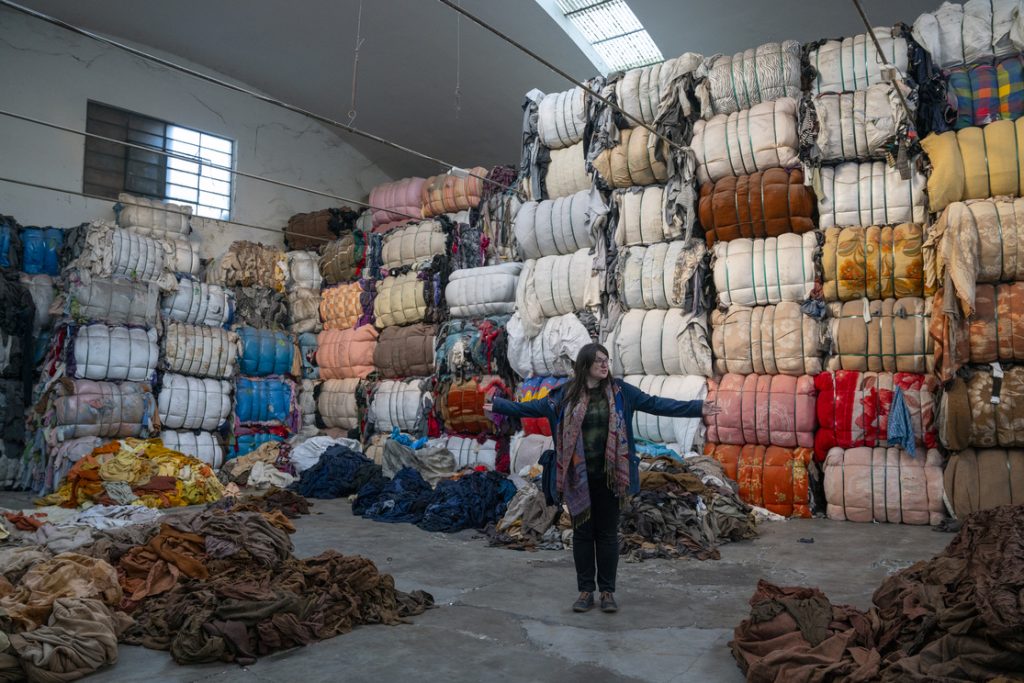
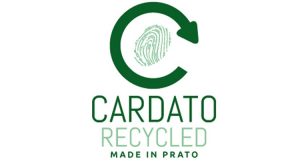


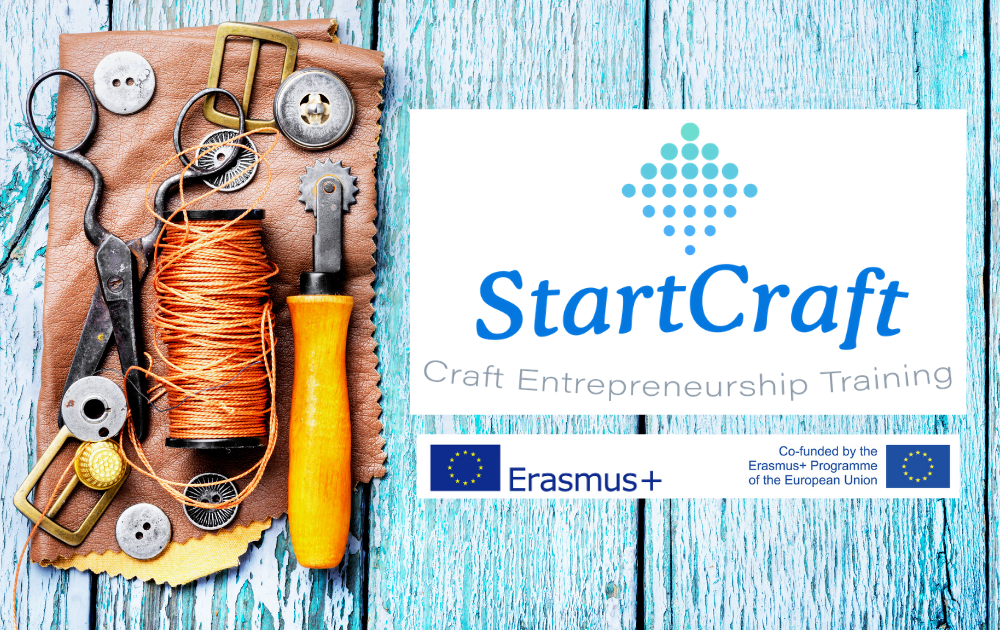
You must be logged in to post a comment.